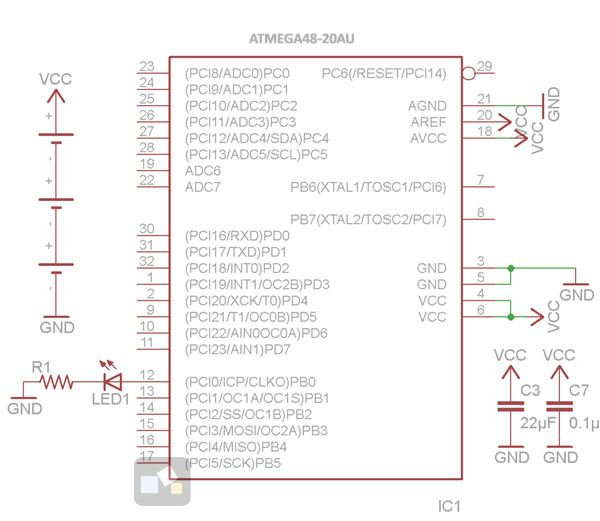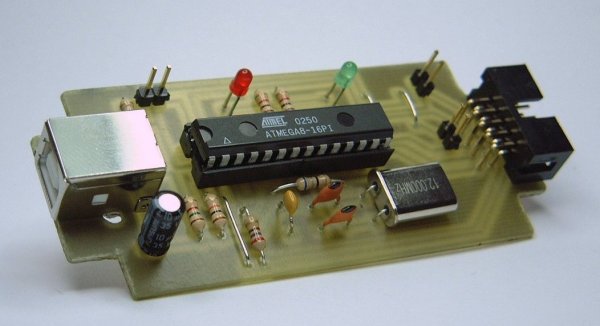AVR: self-monitoring its own power supply

How would a microcontroller know how it’s own supply voltage is changing? Well, most microcontrollers have built in analog-to-digital converters that can read an input analog voltage and convert it to a digital number. So, it might be suggestive to use a similar technique. But the problem is, any ADC operation requires a reference voltage, which in most cases, is either the source voltage or one derived from it. So, how would you monitor the source voltage through ADC that uses the same source voltage as reference? The following article describes a way to do this without using any additional
Read more
